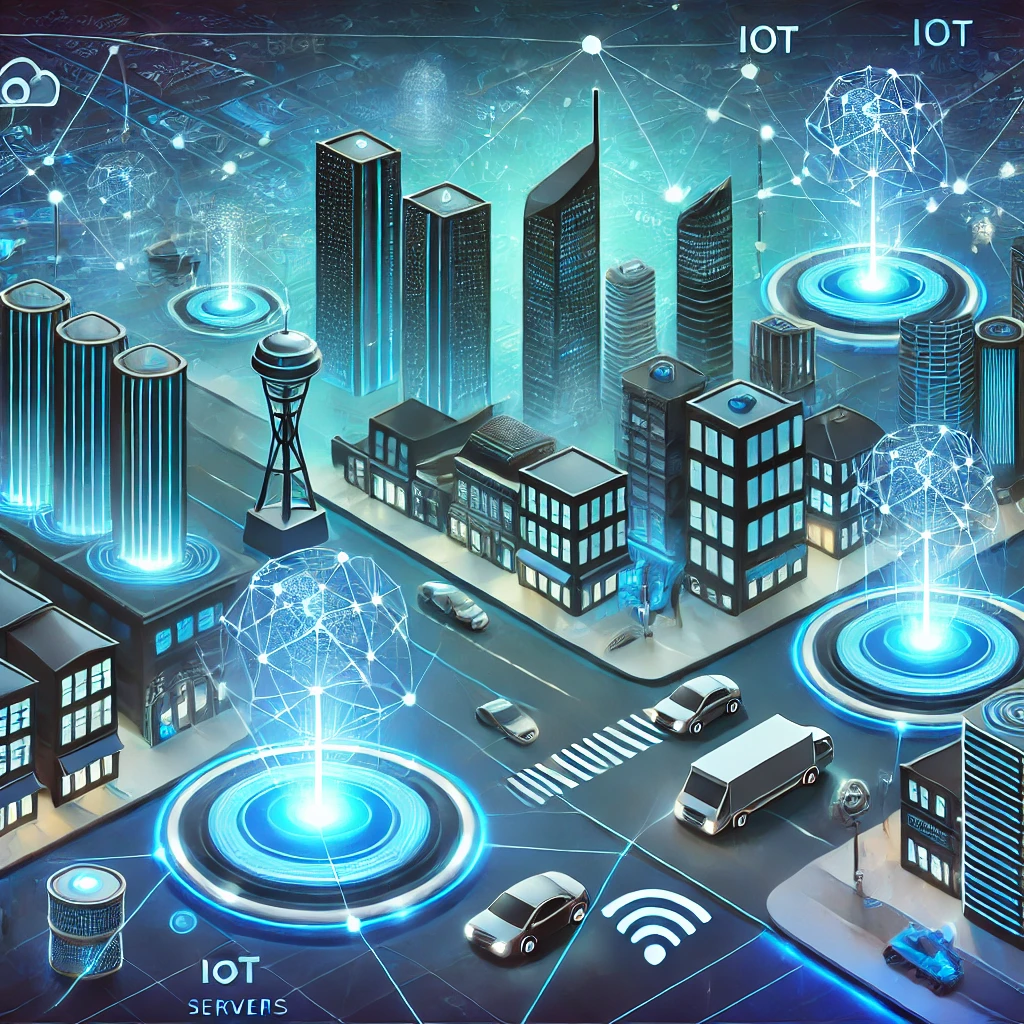
Introduction
As the demand for faster data processing and reduced latency grows, traditional cloud computing faces challenges in meeting these requirements. Edge computing is emerging as a game-changer by bringing computational power closer to users and devices. This blog explores how edge computing is transforming industries, its benefits, and what the future holds for this innovative technology.
What is Edge Computing?
Edge computing is a distributed IT architecture that processes data near the source rather than relying on a centralized cloud server. By handling computations at the “edge” of the network, this approach minimizes latency, improves efficiency, and enhances security.
Key Benefits of Edge Computing
1. Reduced Latency
By processing data locally rather than sending it to distant cloud servers, edge computing enables real-time responses essential for applications like autonomous vehicles and smart cities.
2. Improved Security and Privacy
Since data is processed closer to its source, there is less need to transmit sensitive information across networks, reducing security vulnerabilities and enhancing data privacy.
3. Bandwidth Optimization
By handling data locally, edge computing reduces the need for excessive data transmission, optimizing network bandwidth and lowering operational costs.
4. Reliability and Resilience
Even in cases of network failures or limited internet connectivity, edge devices can continue to function independently, ensuring uninterrupted performance for mission-critical applications.
Applications of Edge Computing
1. Internet of Things (IoT)
Edge computing enhances IoT ecosystems by enabling smart home devices, industrial automation, and healthcare wearables to process data in real-time without cloud dependency.
2. Autonomous Vehicles
Self-driving cars rely on edge computing to process sensor data instantly, allowing them to make split-second decisions crucial for passenger safety.
3. Healthcare and Telemedicine
In remote patient monitoring and AI-driven diagnostics, edge computing ensures faster data analysis and improved patient care.
4. Smart Cities
Traffic management, public safety, and environmental monitoring leverage edge computing to process real-time data efficiently, improving urban infrastructure.
Future of Edge Computing
The adoption of edge computing is rapidly expanding, driven by the rise of 5G technology, AI integration, and increasing IoT devices. As businesses and industries recognize its potential, we can expect:
- More AI-driven edge devices for intelligent decision-making.
- Integration with blockchain for enhanced data security.
- Expansion in industries such as manufacturing, retail, and entertainment.
Conclusion
Edge computing is revolutionizing data processing by bringing computation closer to where it’s needed most. With benefits like reduced latency, enhanced security, and optimized bandwidth, this technology is set to reshape the digital landscape. Businesses and individuals must embrace edge computing to stay ahead in an increasingly data-driven world.
